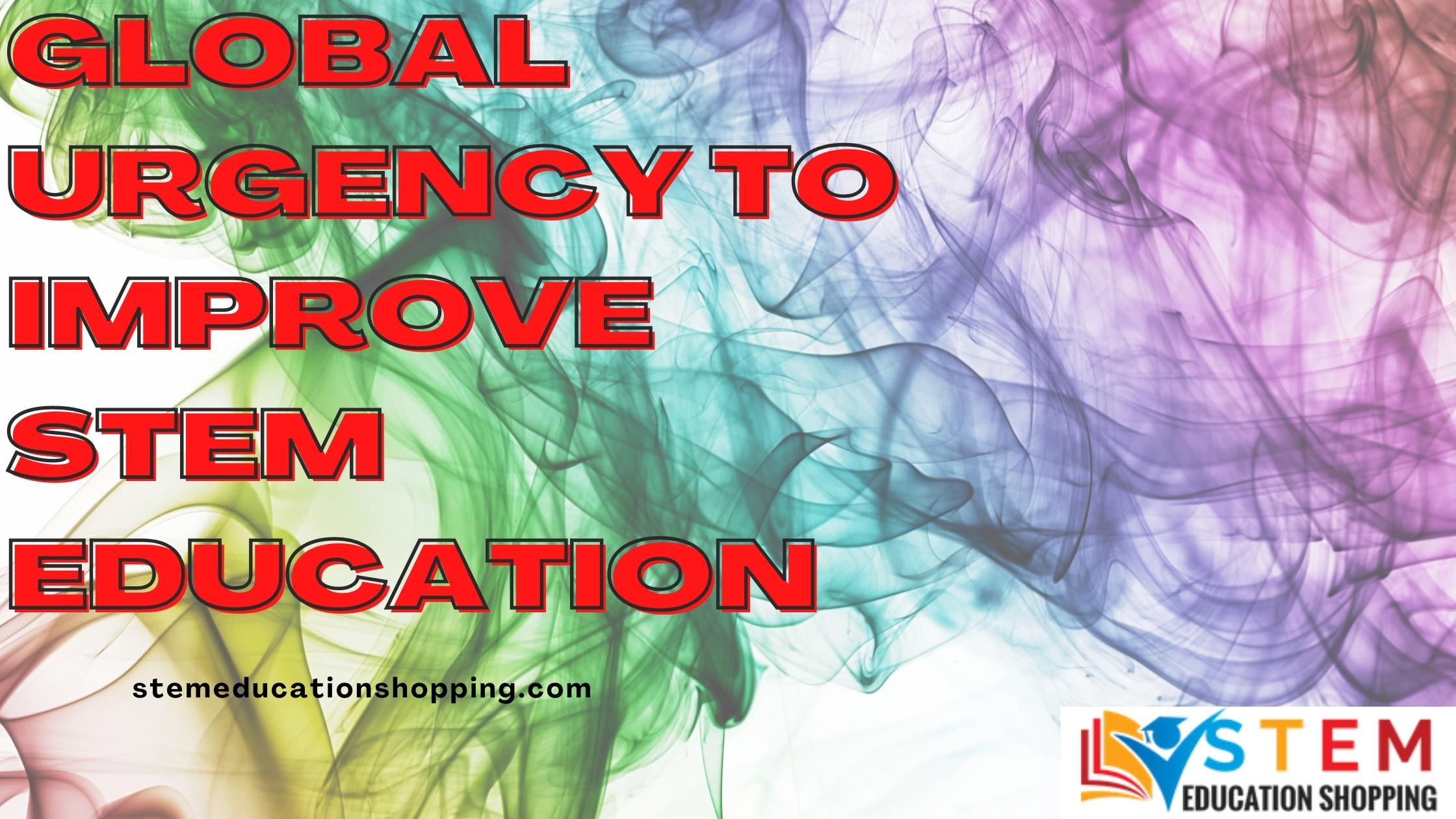
Empowering Minds: The Role of Teachers in STEM Education
- By admin
- 2023-08-26
- 0 comments
As a teacher, I have witnessed firsthand the powerful impact that STEM education can have on young minds.
It is truly remarkable to see students engage with science, technology, engineering, and mathematics in ways that ignite their curiosity and fuel their passion for learning.
In this article, we will explore the crucial role that teachers play in empowering students’ minds through STEM education.
From promoting collaboration to fostering critical thinking skills, we will delve into strategies and best practices that empower both educators and learners alike.
KEY TAKEAWAY
What is the role of teachers in STEM Education?
Teachers in STEM Education play a vital role in guiding students across science, technology, engineering, and mathematics disciplines. (1)
The Importance of Teacher-Student Collaboration in STEM Education
Teacher-student collaboration is crucial in STEM education because it fosters a supportive learning environment.
As an educator, I firmly believe that active involvement and open communication between teachers and students are key to promoting success in STEM subjects.
By collaborating with my students, I am able to understand their unique needs, interests, and learning styles.
This knowledge allows me to tailor my teaching methods accordingly, enhancing student engagement and facilitating a deeper understanding of the subject matter.
Through collaborative efforts, teachers can create opportunities for students to actively participate in their own learning process.
By involving students in decision-making processes and encouraging them to contribute their ideas and opinions, we empower them to take ownership of their education.
This not only boosts motivation but also cultivates critical thinking skills that are vital for success in STEM fields.
Moreover, teacher-student collaboration promotes a sense of community within the classroom.
When students feel supported by their teacher and peers, they are more likely to take risks, ask questions, and engage in productive discussions.
This collaborative environment creates a safe space for experimentation and innovation – essential qualities for scientific inquiry.
In order to further encourage student engagement in STEM subjects, it is important for teachers to implement strategies that foster active participation.
Moving into the next section about ‘strategies for encouraging student engagement in STEM subjects’, let’s explore some effective approaches that can be employed by educators.
Strategies for Encouraging Student Engagement in STEM Subjects

To foster student engagement in STEM subjects, it’s important to incorporate hands-on activities and real-world examples. (2)
When students can apply what they are learning to real-life situations, they become more interested and invested in the subject matter.
One strategy for encouraging student engagement is through project-based learning.
By working on projects that align with their interests and involve problem-solving and critical thinking skills, students develop a deeper understanding of STEM concepts.
Another effective strategy is to invite guest speakers from various STEM fields to share their experiences and demonstrate how STEM knowledge is applied in the real world.
Incorporating technology into the classroom can also enhance student engagement.
Virtual simulations and interactive online resources allow students to explore complex concepts in an engaging way.
Additionally, incorporating field trips or site visits can provide students with firsthand experiences that connect classroom learning to real-world applications.
Furthermore, fostering a collaborative learning environment encourages active participation from students.
Group projects, discussions, and peer-to-peer teaching enable students to learn from each other’s perspectives and work together towards common goals.
Overall, by implementing these strategies, educators can create an engaging learning environment that promotes curiosity, critical thinking, and a passion for STEM subjects among students.
Developing Critical Thinking Skills in STEM Classrooms

Incorporating hands-on activities and real-world examples is essential for developing critical thinking skills in STEM classrooms.
As a teacher, I have witnessed the transformative power of these strategies in my own classroom.
By providing students with opportunities to engage in hands-on experiments and projects, they are able to apply their theoretical knowledge to practical situations.
This not only enhances their understanding of STEM concepts but also fosters problem-solving skills and creativity.
In addition to hands-on activities, incorporating real-world examples further enriches the learning experience.
By connecting classroom content to real-life scenarios, students can see the relevance and importance of what they are learning.
This helps them develop critical thinking skills by encouraging them to analyze, evaluate, and apply their knowledge in authentic contexts.
Furthermore, integrating technology into STEM classrooms can enhance critical thinking skills.
Technology provides students with access to vast amounts of information and resources that can be used for research, analysis, and problem-solving.
Additionally, using digital tools such as simulations or coding platforms allows students to experiment with different scenarios and test hypotheses.
Fostering a Growth Mindset in STEM Education
Fostering a growth mindset in STEM education can greatly impact students’ learning and development.
As a teacher, I have witnessed the transformation that occurs when students believe in their ability to learn and grow in subjects like science, technology, engineering, and math.
A growth mindset encourages students to embrace challenges, persist through obstacles, and view failure as an opportunity for growth.
By cultivating this mindset in STEM classrooms, we can empower students to take risks, think creatively, and become lifelong learners.
One effective way to foster a growth mindset is by incorporating real-world applications into STEM lessons.
When students see how the concepts they are learning are relevant to their everyday lives or potential careers, it increases their motivation and engagement.
For example, instead of simply teaching the formulas for calculating velocity in physics class, I might present a real-world scenario where understanding velocity is critical – such as designing a roller coaster or analyzing the speed of an athlete during a race.
Incorporating Real-World Applications in STEM Lessons
When you connect abstract concepts to practical applications in STEM lessons, you inspire students to see the relevance and real-world impact of what they are learning.
By incorporating real-world applications into our teaching, we can help students develop a deeper understanding of the subject matter and foster their curiosity and creativity.
Here are three ways in which this approach can benefit students:
- Enhancing Problem-Solving Skills: When students apply abstract theories to solve real-world problems, they learn how to think critically and develop effective problem-solving strategies. This not only prepares them for future challenges but also helps them understand the importance of STEM in everyday life.
- Promoting Collaboration: Incorporating real-world applications encourages collaboration among students as they work together to find solutions. This collaborative learning environment fosters teamwork, communication skills, and the ability to listen and appreciate diverse perspectives.
- Inspiring Career Exploration: By connecting STEM concepts with real-life scenarios, we can ignite a passion for various STEM fields in our students. They can see firsthand how their knowledge and skills can be applied in different careers, opening up a world of possibilities for their future.
Effective Assessment Methods in STEM Teaching and Learning
Incorporating real-world applications in STEM lessons is crucial for engaging students and helping them understand the practical relevance of what they are learning.
However, it is equally important for teachers to have effective assessment methods in place to evaluate student understanding and track their progress in STEM subjects.
Assessment plays a vital role in guiding instruction and informing teachers about the effectiveness of their teaching strategies.
In STEM education, traditional assessment methods like multiple-choice tests may not fully capture students’ problem-solving abilities or their ability to think critically.
Therefore, educators are exploring alternative assessment methods that align with the nature of STEM learning.
One such method is project-based assessments, where students work on hands-on projects or experiments and present their findings.
This allows teachers to assess not only content knowledge but also skills such as teamwork, communication, and problem-solving.
Another effective approach is using rubrics to assess student performance based on specific criteria.
Rubrics provide clear expectations for students and help teachers provide targeted feedback.
Additionally, formative assessments like quizzes or short assignments can be used throughout the learning process to monitor student understanding and identify areas where additional support may be needed.
Conclusion
In conclusion, teachers play a crucial role in empowering students in STEM education.
Their collaboration with students fosters engagement, critical thinking skills, and a growth mindset.
By incorporating real-world applications into lessons and using effective assessment methods, teachers create an environment that encourages learning and creativity.
Like a guiding light illuminating the path to success, teachers empower minds to reach new heights in STEM subjects.
Their dedication and expertise are essential for shaping the future of our society through scientific exploration and innovation.
If you like to know more exactly about integrative learning guide, then check it out.
Frequently Asked Questions
How do teachers foster innovation in STEM education?
Teachers foster innovation in STEM education by encouraging students to think creatively and explore uncharted territories.
They design activities that challenge students to identify real-world problems and develop innovative solutions.
Through project-based learning and open-ended challenges, teachers nurture students’ ability to apply theoretical concepts to practical situations, fostering the development of creativity and inventive thinking.
What strategies do teachers use to integrate different STEM disciplines?
Teachers use a variety of strategies to integrate different STEM disciplines.
They design interdisciplinary projects that require students to draw knowledge from multiple subjects to solve complex problems.
Collaborative activities, such as designing and building functional devices or systems, encourage students to see the interconnectedness of science, technology, engineering, and mathematics.
Teachers also leverage technology and real-world scenarios to create authentic learning experiences that seamlessly weave together different aspects of STEM.
How do teachers inspire a love for learning in STEM subjects?
Teachers inspire a love for learning in STEM subjects by making lessons engaging and relevant to students’ lives.
They tap into students’ natural curiosity and sense of wonder, showcasing the real-world impact of STEM concepts.
Hands-on experiments, interactive simulations, and field trips to STEM-related institutions help students see the practical applications of what they’re learning.
Moreover, teachers create a supportive and inclusive classroom environment where students feel safe to ask questions, make mistakes, and explore their interests.
What role do teachers play in preparing students for future STEM careers?
Teachers play a crucial role in preparing students for future STEM careers by equipping them with foundational knowledge, critical thinking skills, and the ability to adapt to rapidly evolving technologies.
They provide insights into the diversity of STEM career paths and guide students in making informed choices about their educational and professional journeys.
Teachers also instill soft skills such as communication, teamwork, and problem-solving, which are essential in any STEM-related profession.
What impact do teachers have on students’ attitudes toward STEM subjects?
Teachers have a profound impact on students’ attitudes toward STEM subjects.
A skilled and passionate teacher can transform students’ perceptions from seeing STEM as intimidating or inaccessible to viewing it as exciting and achievable.
By creating engaging learning experiences, showcasing diverse role models in STEM fields, and emphasizing the relevance of STEM in everyday life, teachers can spark interest and enthusiasm that can potentially lead to lifelong engagement in STEM disciplines.
References
- https://www.nsta.org/nstas-official-positions/stem-education-teaching-and-learning
- https://files.eric.ed.gov/fulltext/EJ1044508.pdf





